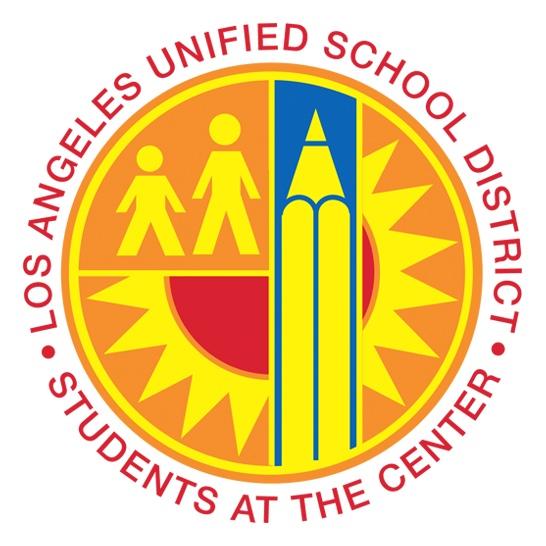Los Angeles School District Implements Extensive Ban on Student Cellphone and Social Media Use
New Policy Targets Digital Distractions to Enhance Learning
In a decisive effort to minimize distractions and improve academic focus, the Los Angeles Unified School District (LAUSD) has introduced a sweeping prohibition on the use of cellphones and social media platforms by students during school hours. This initiative, announced in mid-2024, restricts students from accessing personal digital devices from the moment they arrive on campus until dismissal, except in cases of emergencies managed by school staff.The district’s leadership underscores that this policy is designed to cultivate a more attentive and interactive classroom atmosphere while addressing concerns related to cyberbullying and inappropriate online behavior.
Key enforcement strategies include:
- Immediate confiscation of devices if used or visible during restricted times
- Progressive disciplinary measures ranging from verbal warnings to detentions for repeated violations
- Implementation of network restrictions to block access to social media on school Wi-Fi networks
| Phase of Enforcement | Start Date | Consequences |
|---|---|---|
| Awareness and Warning | September 2024 | Verbal Reminder |
| Strict Compliance | November 2024 | Device Confiscation and Parent Contact |
| Full Enforcement | January 2025 | Detention or Suspension |
Effects of the Digital Device Ban on Student Engagement and Academic Outcomes
Following the introduction of the ban, educators within LAUSD have reported notable shifts in student behavior and academic performance.There has been a significant rise in direct interpersonal communication and cooperative learning activities, as students are encouraged to interact without the interference of digital distractions. However, some students have shown signs of increased anxiety and social withdrawal, suggesting that the policy’s emotional impact varies across the student body. These behavioral changes have influenced classroom dynamics, presenting both opportunities and challenges for teachers striving to maintain engagement.
Academic results since the policy’s rollout present a nuanced picture.While improvements in concentration have led to higher scores in some subjects, others have experienced setbacks due to the absence of digital resources previously used for research and collaboration. The table below summarizes recent academic trends:
| Subject | Average Score Change | Student Feedback |
|---|---|---|
| Mathematics | +8% | “Fewer distractions helped me focus better.” |
| English Language Arts | +4% | “I miss the online forums for class discussions.” |
| Science | -3% | “Research is harder without internet access.” |
| History | +6% | “More lively debates in person, less multitasking.” |
- Enhanced classroom participation: Teachers observe more active student involvement.
- Decreased distractions: Reduced phone use correlates with improved attention spans.
- Varied academic impact: Gains in traditional subjects,but challenges in tech-reliant areas.
- Emotional responses: Some students report increased anxiety or frustration.
Obstacles and Criticism Surrounding the Ban’s Implementation
The LAUSD’s decision to restrict cellphone and social media use has met with considerable opposition from parents, students, and advocacy groups. Many parents worry that limiting phone access could compromise their ability to reach their children during emergencies. Educators and students alike have raised concerns about the practicality of enforcing such a policy across a large and diverse district, especially given the growing integration of digital tools in education and social life.
Critics, including civil rights organizations, argue that the ban may infringe upon students’ rights to free expression and access to information.Key challenges identified include:
- Enforcement difficulties: Balancing monitoring duties without detracting from teaching responsibilities.
- Equity issues: Disproportionate effects on students from different socioeconomic backgrounds.
- Technological circumvention: Students possibly using hidden devices or unauthorized networks.
| Challenge | Concerned Group | Possible Consequence |
|---|---|---|
| Complex Enforcement | Teachers and Administrators | Reduced instructional time |
| Safety Communication | Parents | Restricted emergency contact |
| Freedom of Expression | Civil Rights Advocates | Limited access to information |
Strategies for Harmonizing Technology Use with Educational Objectives
Successfully managing technology in educational settings demands a thoughtful balance that supports learning while curbing distractions. School leaders are encouraged to develop clear, consistent guidelines that permit cellphone and social media use only during specific times or for educational purposes, such as research or approved learning applications. Engaging teachers, parents, and students in ongoing conversations about digital habits can foster a shared commitment to responsible technology use. Moreover,investing in digital literacy education equips students with the skills to navigate technology thoughtfully and safely.
One practical framework for regulating technology use might include the following:
| Technology Category | Permitted Usage Times | Intended Purpose | Consequences for Misuse |
|---|---|---|---|
| Cellphones | Breaks, lunch, emergencies | Personal communication and safety | Confiscation and parental notification |
| Social Media | Outside school hours | Social engagement and news updates | Restricted access on school networks |
| Educational Software | During class as directed | Academic enhancement | Temporary suspension of privileges |
- Ongoing professional progress for educators to integrate technology effectively without losing focus.
- Support for student-led programs that encourage balanced and mindful technology use.
- Deployment of privacy-conscious monitoring tools to deter misuse while respecting student rights.
Final Thoughts
The Los Angeles Unified School District’s initiative to ban cellphones and social media during school hours marks a pivotal step in addressing the challenges posed by digital distractions in education. As this policy unfolds, educators, parents, and students will closely observe its effects on academic focus and emotional well-being. This development is part of a larger national dialog on how best to integrate technology into learning environments without compromising educational quality. Ongoing assessment and community feedback will be essential in refining approaches to create classrooms that are both technologically savvy and distraction-free.




